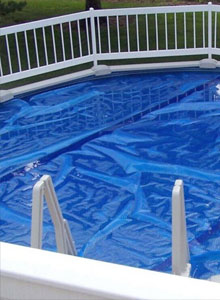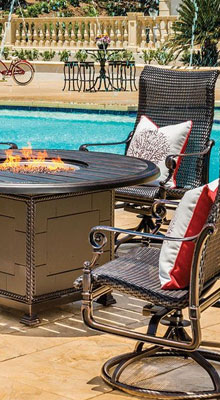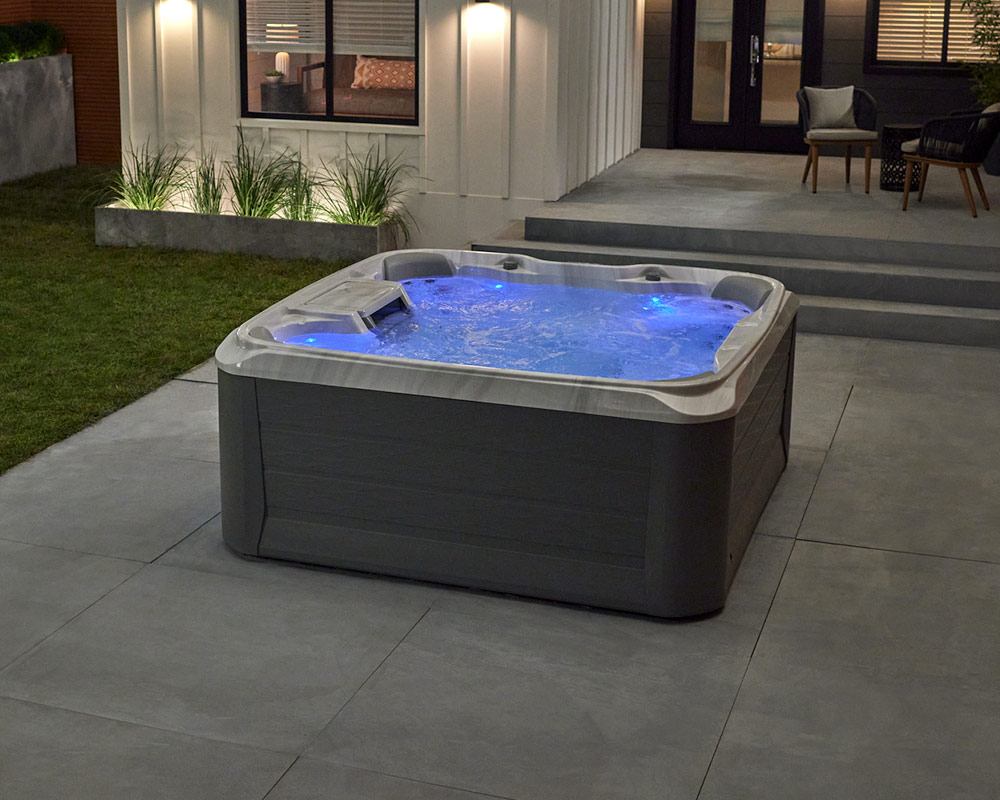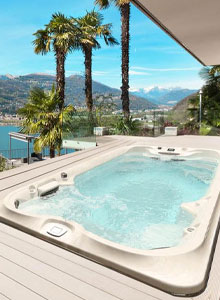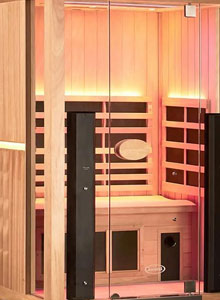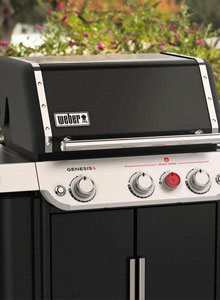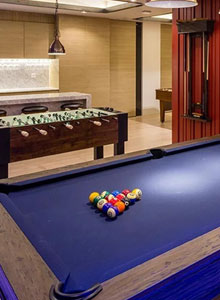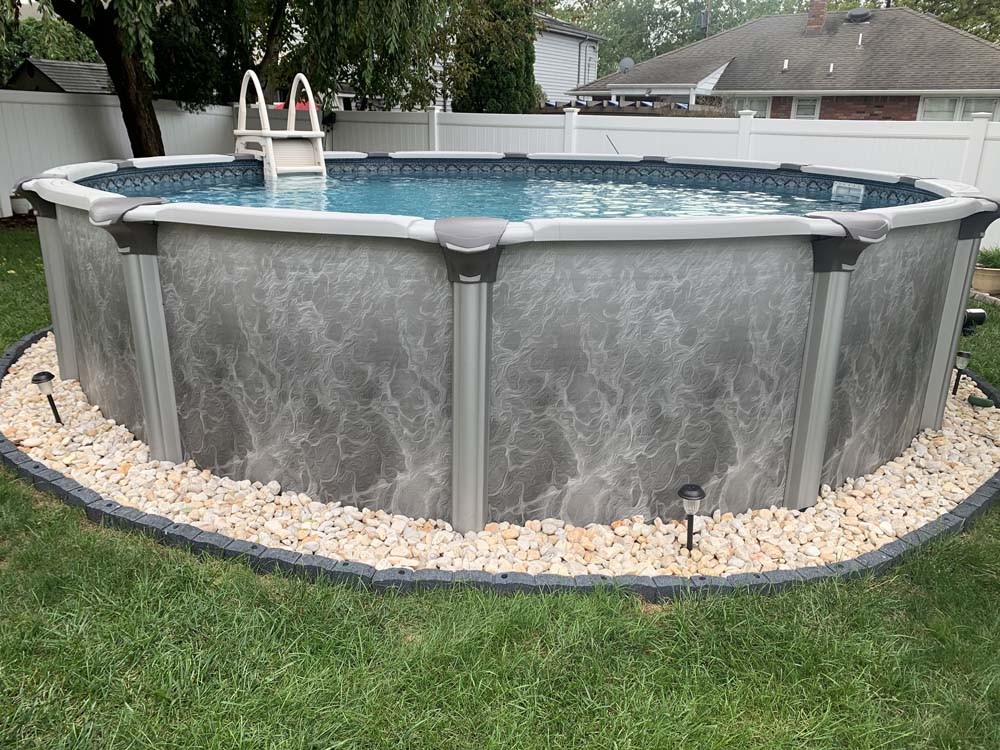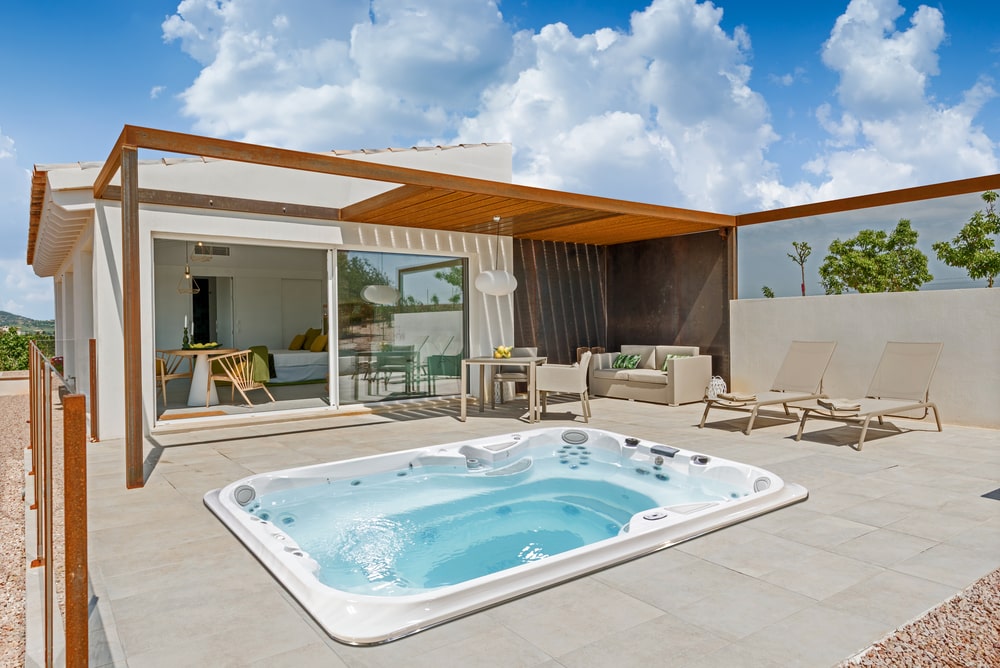You wake up to find that your pool has algae. You use a bag of shock, but the algae stays. You try treating it with algaecide; that doesn’t quite do the trick either.
Exasperated, you hang your head and begin to walk back inside when you see an old oil lamp lying on the ground. Willing to try anything to get your pool back, you rub the lamp, and to your surprise, the algae-nee appears, ready to help you with all of your algae needs.
Ok, you probably aren’t lucky enough to have your own genie to help vanquish your algae problem, but you have Pool City. And that’s even better.
To win the battle, you need to know your enemy.
Before dumping chemicals into your pool in an effort to remove the algae, it helps to know a little about what you’re up against. Algae is an invasive form of plant life that begins to grow in your pool once spores have entered the water. The spores are microscopic and are sometimes killed by chlorine and filtered out before they become visible. However, in more severe cases, the algae will begin to absorb nutrients and grow into unsightly patches called algae blooms.
Algae blooms spread when the algae spores take in sunlight and phosphates, which may have entered your water from materials that wash off of swimmers’ bodies, such as hair products, cosmetics and sweat.
3 types of pool algae
There are three types of algae that typically take root in swimming pools: Green, mustard and black.
Green algae is the basic, garden-variety algae (that may have actually come from your garden). This type of algae is characterized by its strong green color. It is the easiest type of algae to get rid of, but it will spread quickly if it is not treated. Brushing green algae will remove it from your liner, but will not kill it.
Mustard algae can be identified by its brownish-yellow tint. It spreads more slowly than green algae, but is more resistant to brushing and super-chlorination. The guide below will help you effectively remove mustard algae from your pool.
Often found in ponds, black algae is the most difficult type of algae to remove from your pool and appears as patches of black spots. It will burrow into the tile or liner and requires a vigorous routine of brushing and chemical treatment.
The spores that host this algae may enter your pool through a variety of methods, but the most common way that algae is introduced to your pool is through windborne contaminants, often during heavy rain or storms. Algae can also enter your pool by hitching a ride on swimmers’ bodies, especially if they had previously been in a lake or pond and have not showered and washed their swimsuits.
Armed with knowledge, it’s time to fight the algae.
Algae has messed with the wrong pool, and now it’s time to make it pay.
Step 1
Turn your pump on and take the first step toward regaining your crystal clear water by super-chlorinating your pool with a concentrated chlorine powder, such as Super Shock. To treat heavy algae blooms, the chlorine dosage may need to be doubled, or even tripled.
Step 2
After the chlorine has been added, test the water periodically and wait for the available chlorine level to drop below 5.0 parts per million. Once the chlorine has reached a lowered level, add a dose of algaecide that will purify your water and kill any remaining algae blooms.
By this point, the algae should have stopped growing, but the dead blooms may still be lingering in your water, causing it to be a hazy green or yellow. If your water has this haze, add a dose of super floc, and all of the suspended particles will clump together and fall to the bottom of the pool.
All of the chemical work has been done. Now it’s time to roll up your sleeves (if your bathing suit has sleeves) and put some elbow grease into the campaign.
Step 3
The final strep to ridding your pool of algae is mostly cleanup. To start, attach a brush to the end of a vacuum pole and go around the walls of the pool. Make sure that you use a soft-bristled brush that will not damage the liner, and pay special attention to the area around your steps/ladder where the water circulation is poor. Once any clumps of algae that were clinging to the wall have been scraped away, it’s time to vacuum all of the sediment that has gathered at the bottom of your pool.
After you have finished vacuuming, the filter should be backwashed to remove all of the algae that is trapped inside. To prevent a resurgence of the algae, your cartridge should be cleaned and your sand or D.E. should be replaced.
Step 4
To deal the finishing blow to algae, add a dose of Pool Perfect + PHOSfree to remove any phosphates present in your water. This will take away its food source and shut down any chance that remaining spores will develop into a bloom. It is also important to keep your chemicals balanced and leave your pump running 24 hours a day until the problem has been completely cleared up.
It’s gone. Let’s make sure that it never comes back.
The best way to prevent algae from ever forming a bloom in your pool is to keep up with regular maintenance. Vacuum your pool routinely and brush the walls of your pool. Try the Mytee Mitt for a relaxing way to brush while you enjoy your pool.
Managing your chemicals will also play an important role in maintaining an algae-free pool. You should routinely add a preventative dosage of algaecide and maintenance dosages of Pool Perfect + PHOSfree. Aside from adding algae-fighting products to your pool, keep an eye your chemical levels. Keeping them balanced will not only help prevent algae, but it will also make the chlorine work more effectively, reduce eye and skin irritation, and keep your pool water both clear and inviting.
If you are still having trouble clearing up your algae problem, or if you have any other questions, visit any of our seven locations and consult one of our pool experts.
